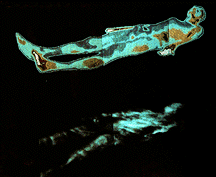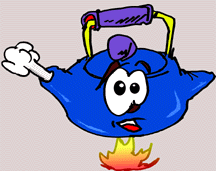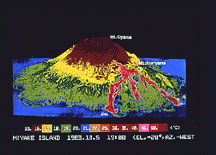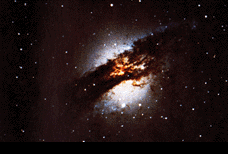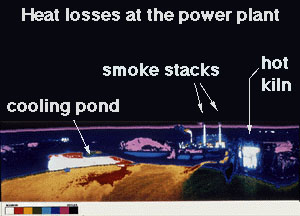Exploratour: NASA's Exploration for Life
It's worthwhile spending a little more time discussing how animals survive, and the waste products they create. Just as the ancient hunters tracked animals by studying things they left behind, studying waste products such as oxygen levels is one way to track living creatures.
This is page 3 of 20
Living means converting energy into food. Also, living implies the use of some material (oxygen) to run the metabolism.
- Animal Kingdom; animals consume other organisms, such as plants, fungi and other animals. They leave behind the bones, fibers, and other unused parts of their meal.
- Monera Kingdom
- Bacteria consume amino acids, sugars, and other organic compounds from their surroundings; some photosynthesis
- Archaea are heterotrophic anaerobes; they neither breathe oxygen nor need to take in organic compounds to produce energy. They probably consumed free amino acids, sugars, and other organic compounds that had formed spontaneously in the atmosphere then dissolved in liquid water, or within volcanic vents.
- Plant Kingdom; plants can use the Sun's energy to make their own food (photosynthesis)
- Fungi Kingdom; fungi consume both living and dead organic matter
This is page 3 of 20




